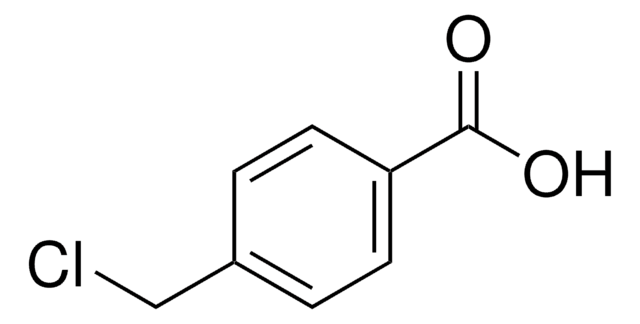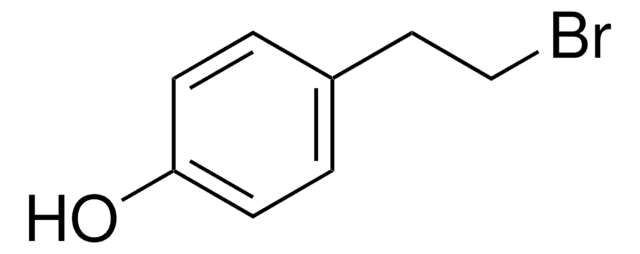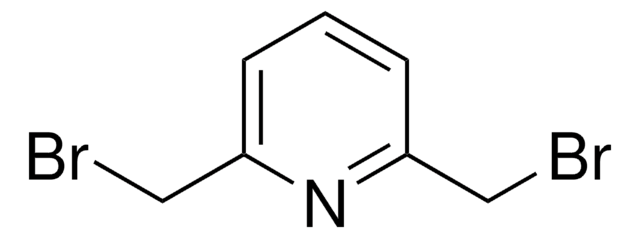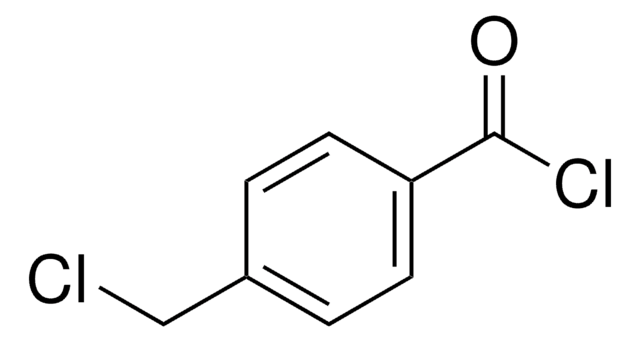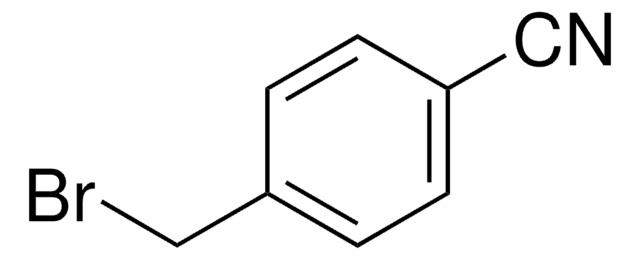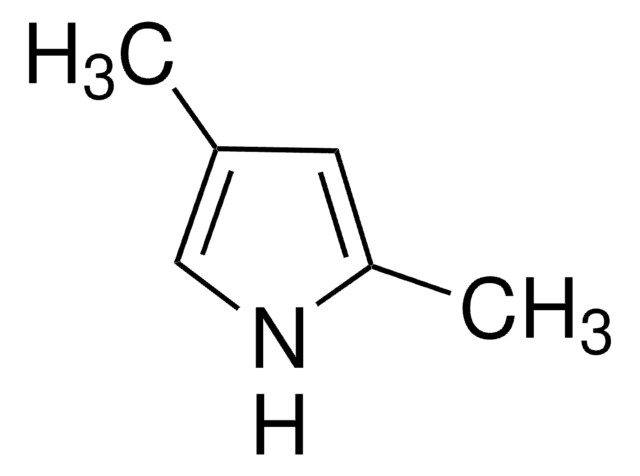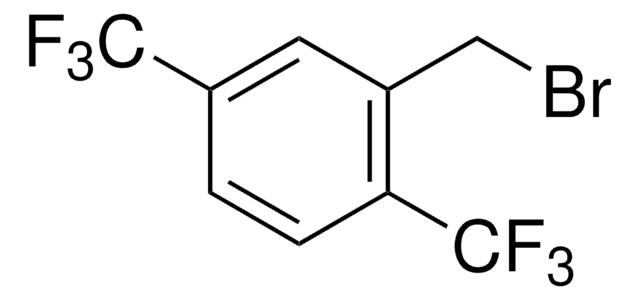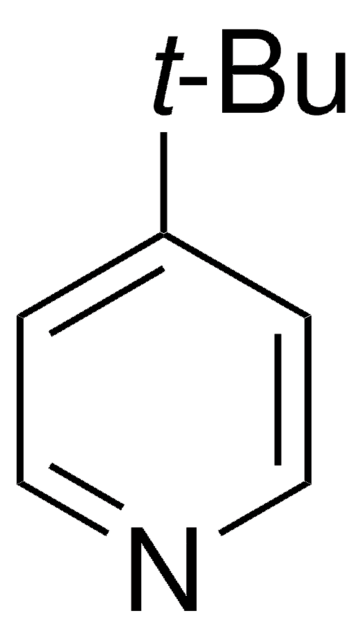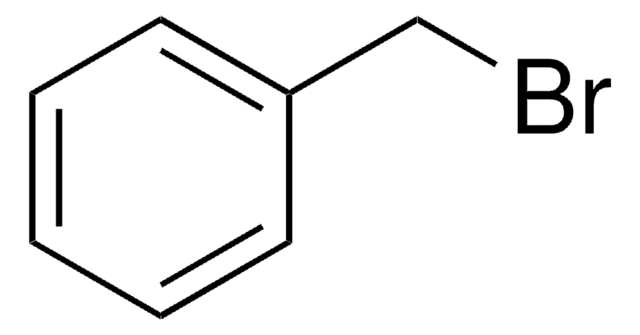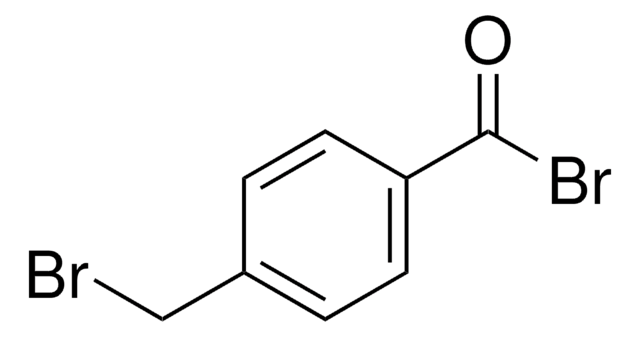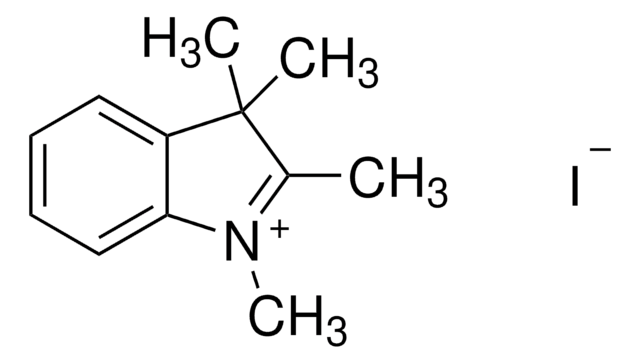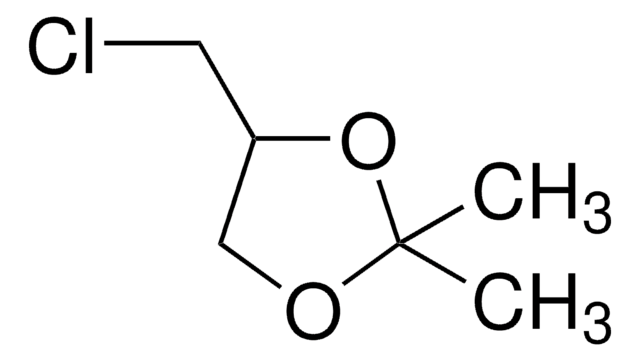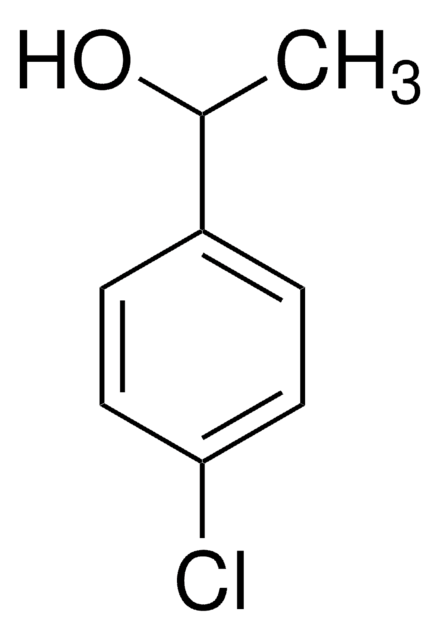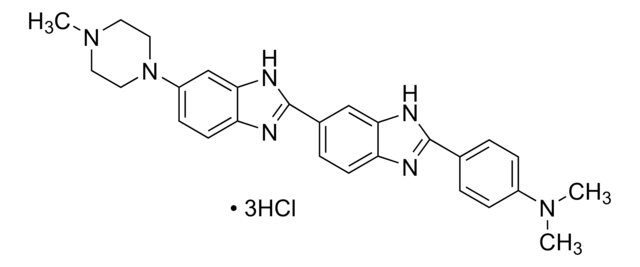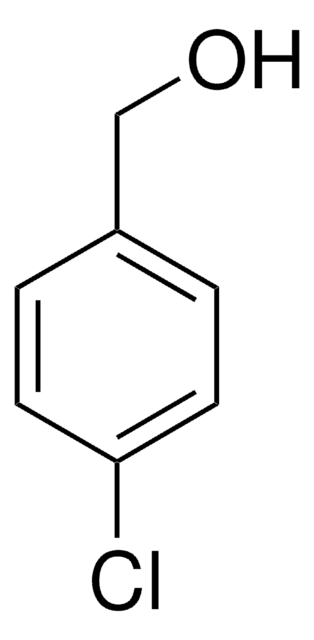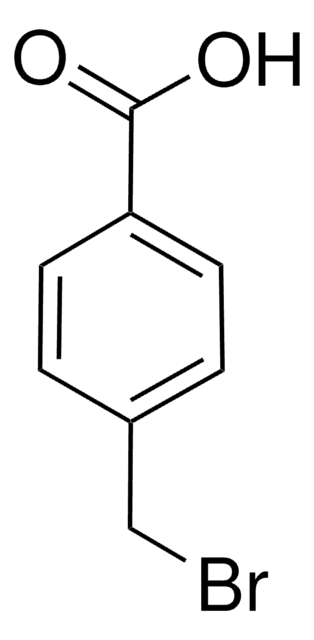526126
4-(Chloromethyl)benzyl alcohol
99%
Sinónimos:
1-(Chloromethyl)-4-(hydroxymethyl)benzene, 4-(Chloromethyl)benzenemethanol, 4-Chloromethylbenzyl alcohol, 4-Hydroxymethylbenzyl chloride, [4-(Chloromethyl)phenyl]methanol, p-(Chloromethyl)benzyl alcohol, p-(Hydroxymethyl)benzyl chloride
About This Item
Productos recomendados
Nivel de calidad
Análisis
99%
mp
58-60 °C (lit.)
grupo funcional
chloro
hydroxyl
cadena SMILES
OCc1ccc(CCl)cc1
InChI
1S/C8H9ClO/c9-5-7-1-3-8(6-10)4-2-7/h1-4,10H,5-6H2
Clave InChI
OGALXJIOJZXBBP-UHFFFAOYSA-N
Descripción general
Aplicación
Palabra de señalización
Danger
Frases de peligro
Consejos de prudencia
Clasificaciones de peligro
Skin Corr. 1B
Código de clase de almacenamiento
8A - Combustible corrosive hazardous materials
Clase de riesgo para el agua (WGK)
WGK 3
Punto de inflamabilidad (°F)
Not applicable
Punto de inflamabilidad (°C)
Not applicable
Equipo de protección personal
Eyeshields, Faceshields, Gloves, type P3 (EN 143) respirator cartridges
Elija entre una de las versiones más recientes:
¿Ya tiene este producto?
Encuentre la documentación para los productos que ha comprado recientemente en la Biblioteca de documentos.
Los clientes también vieron
Nuestro equipo de científicos tiene experiencia en todas las áreas de investigación: Ciencias de la vida, Ciencia de los materiales, Síntesis química, Cromatografía, Analítica y muchas otras.
Póngase en contacto con el Servicio técnico